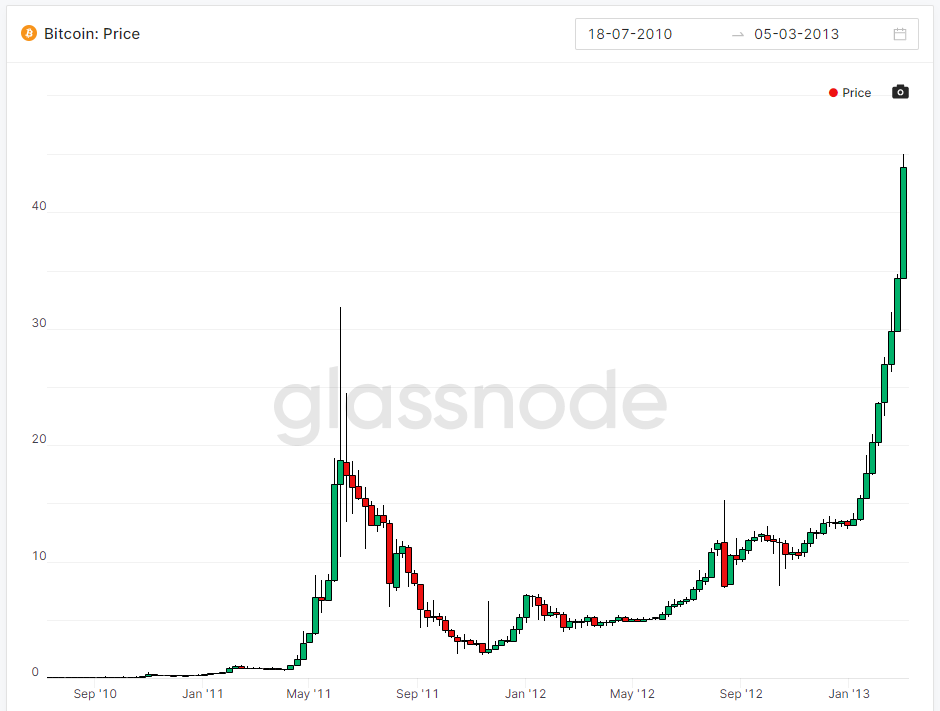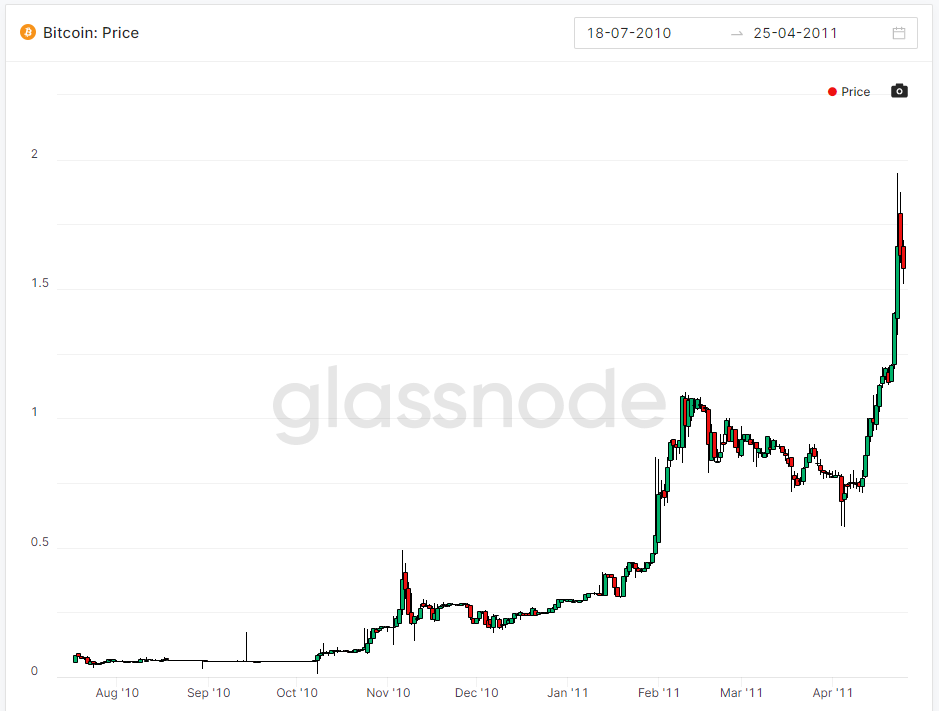
2/ The 60-40 portfolio is the basic idea that passive investors looking to efficiently transfer wealth through time should diversify their assets into 60% stocks and 40% bonds.
#Bitcoin is killing the 60-40 portfolio.
#Bitcoin is killing the 60-40 portfolio.
3/ Why shift out of bonds into Bitcoin?
First, Bitcoin is the world’s hardest monetary good. It’s the only asset in the universe with no counterparty risk and no dilution risk. Bitcoin is the World’s Safest Asset.
First, Bitcoin is the world’s hardest monetary good. It’s the only asset in the universe with no counterparty risk and no dilution risk. Bitcoin is the World’s Safest Asset.
4/ These two unique characteristics enable Bitcoin to eventually store nearly an infinite amount of wealth. Meaning the upside for allocating capital (savings) into Bitcoin is orders of magnitudes higher than its current market price.
5/ Additionally, the highly unlikely potential downside of using Bitcoin is capped out at -100%. Meaning the downside for allocating capital into Bitcoin is only losing what you put in.
6/ This unequal potential outcome creates a unique dynamic called asymmetry.
The potential asymmetric return of Bitcoin becomes even more interesting when you recognize the massive upside is nearly inevitable in the long run, and total loss is nearly impossible.

The potential asymmetric return of Bitcoin becomes even more interesting when you recognize the massive upside is nearly inevitable in the long run, and total loss is nearly impossible.


7/ In contrast, traditional fiat denominated debt, held by investors as bonds or bank deposits, have a similar asymmetric return, but to the downside.
Unlike Bitcoin, the potential upside on a 10 year US Treasury Note is only a 1.63% annual return.
Unlike Bitcoin, the potential upside on a 10 year US Treasury Note is only a 1.63% annual return.
8/ This makes HODLing #Bitcoin significantly more attractive than holding bonds this upcoming decade. As of August 2020, the total size of the global bond market was approximately $128.3T, more than 100x the size of Bitcoin at $1.1T.
9/ This massive size difference gets even more interesting when you recognize we are at the end of a 40 year bull market in bonds. Meaning rates have hit all time lows, and they have nowhere to go except remain at extremely low levels or slowly creep up. 

10/ In a world of extremely low yields on bonds and massive fiscal and monetary policy driving up inflation, there is only one asset worth holding in size.
#Bitcoin
#Bitcoin

• • •
Missing some Tweet in this thread? You can try to
force a refresh






